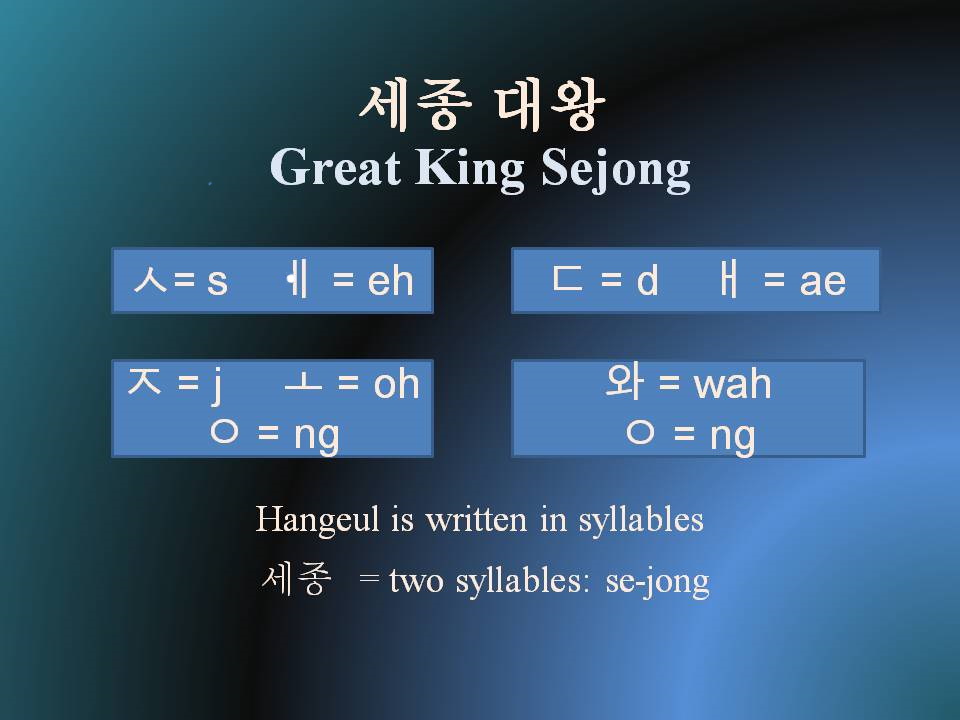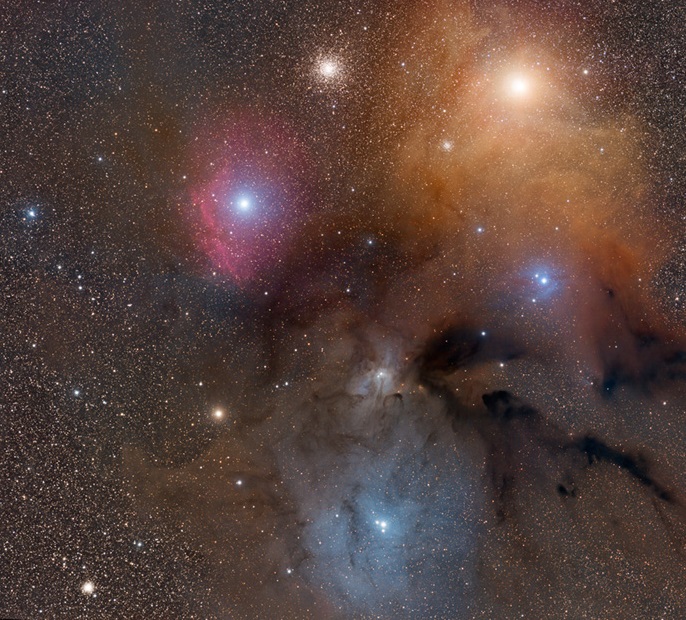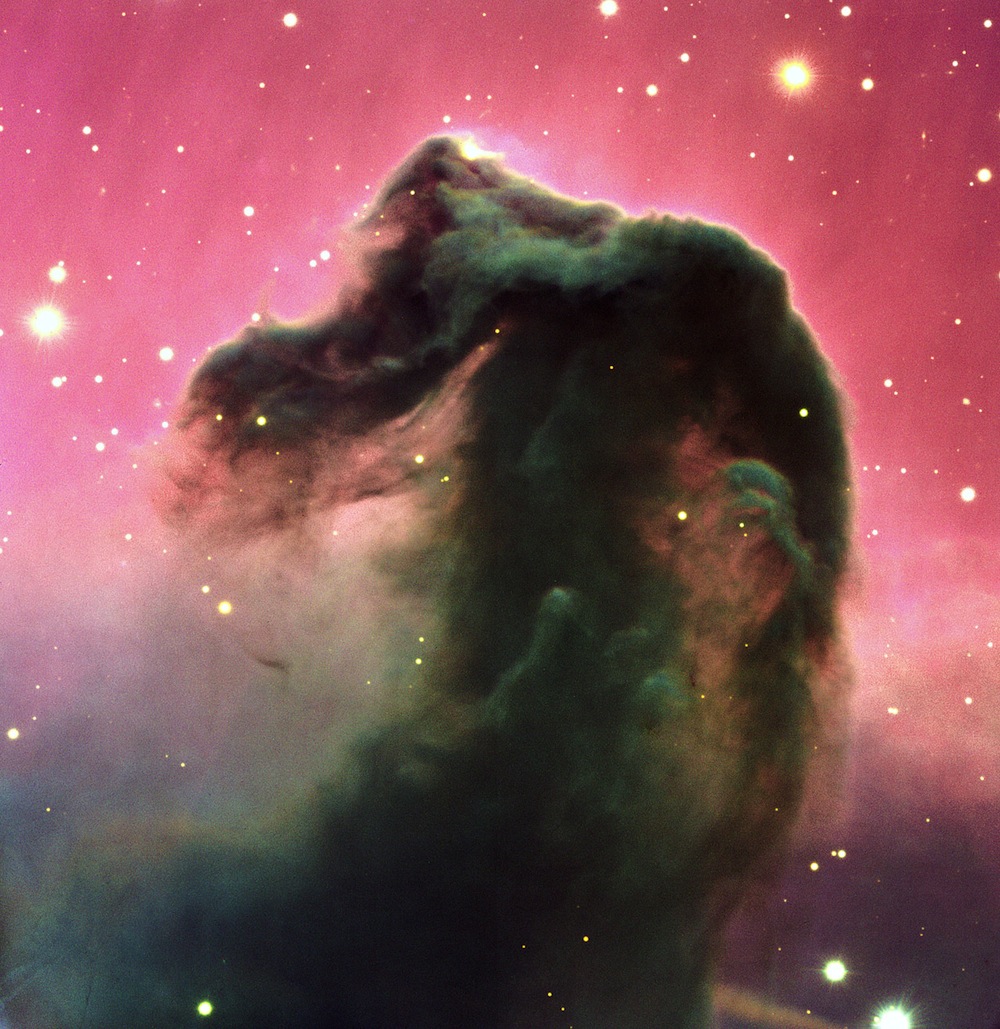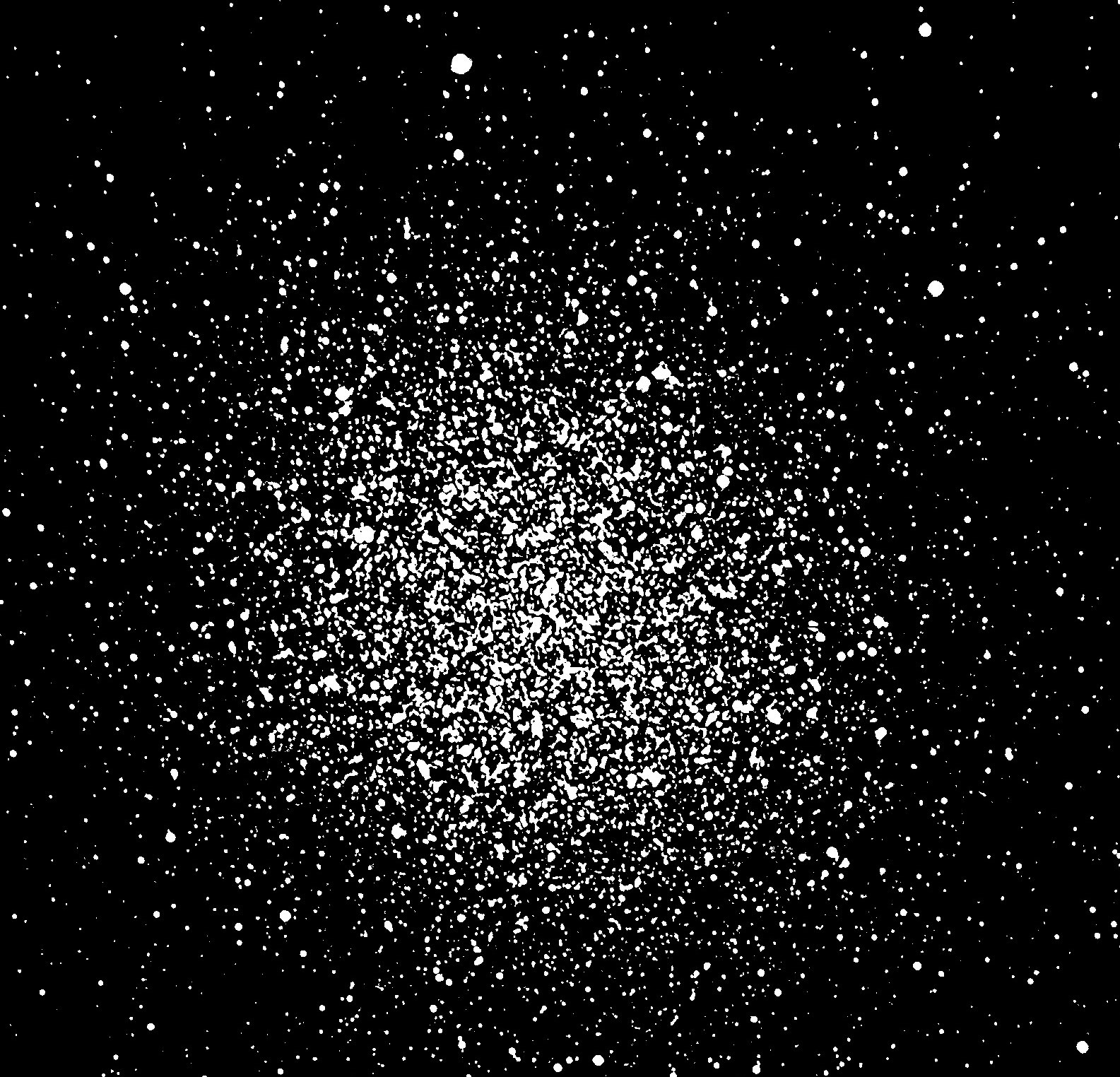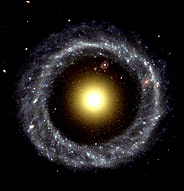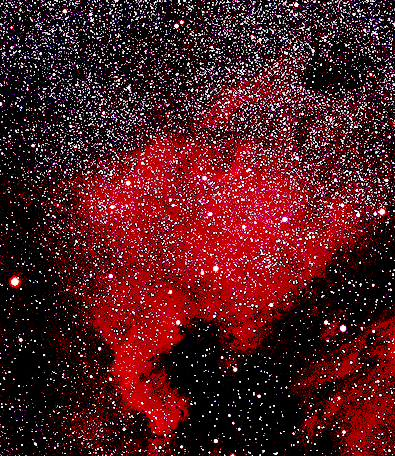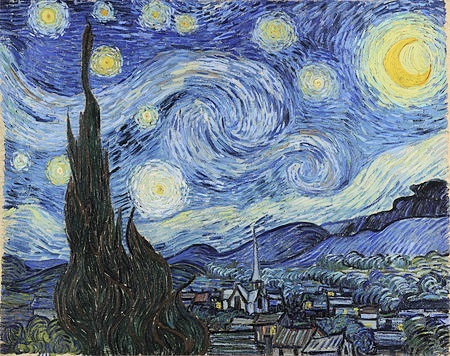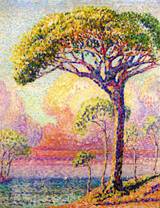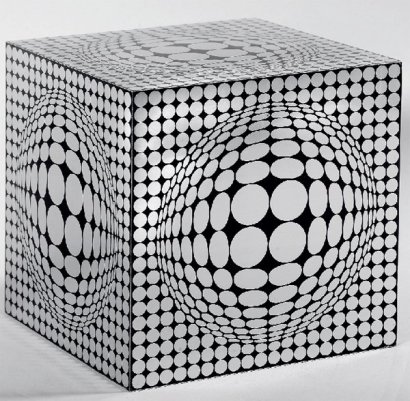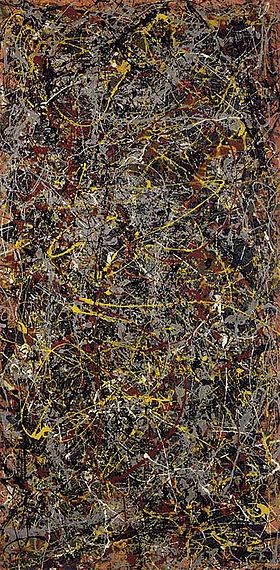Welcome to Seoul
The three-door gate, known as Gwanghwamun [gwang-hwa-moon] is also known as the Gate to Enlightenment . Enlightenment in the Buddhist tradition is a state of spiritual perfection.
Pass through the main gate of Korea's largest palace, Gyung Bok Gung [gyuhng-boke-goong] . Located in the heart of frenetic urban Seoul, the gate elequently represents the vitality of South Korea's past and present.
School children and many tourists daily visit Gyung Bok Gung. The Gwanghwamun grand plaza in front of the gate has become a gathering point for national celebrations, concerts, and year-round exhibits.
A few steps through Gwanghwamun reveals a wonderland of traditional architecture. Notice the gentle curves of the roofs.
Traditional Korean roofs have a gentle curvature at each end. Chinese roofs tend to be more of an abrupt curve closer to the roof endings. Curved roofs are in contrast to straight-line roofs, i.e. no curvature at the ends, is common in Japanese architecture.
A few steps through Gwanghwamun (gwahng-hwah-moon) transports one into Korea's past. Roam around the many buildings that comprise the palace grounds. Most buildings employ post-and-beam construction, which provides for large, open floor plans.
The palace was originally built in 1395 during the glory years of the Joseon Dynasty (1392–1897) . Because of tribal battles, disregard during the 35-year Japanese annexation of Korea, and post Korean War poverty, the palace gate fell into disrepair. During the post-war period, however, South Korea's economy began to flourish along with the nation's accumulation of experience with democratic politics. More and more attention was given to improving the nation's livability while preserving Korea's cultural heritage.
North of Gyeong-bok Gun [gyuhng-boke goon (Gun = Palace)] stands South Korea's presidential mansion, the Blue House , originally built during the Joseon [joh-sun] period as a royal villa behind the main palace. Although the Blue House is painted white the roof is constructed with blue tiles , from which the Korean name, "Chungwadae" was derived.
Cheong Wa Dae [chuhng wah dai] literally means a grand, blue-tiled edifice. Blue roofs in traditional Korean culture represented royalty, while brown roofs represented the common people.
A monument and a museum in honor of Sejong [seh-johng] the Great King stands a few hundred meters south of Gwanghwamun. Among technological inventions credited to King Sejong, his most revered contribution is the Korean written language called "Hangeul" [hahn-geul]. Hangeul replaced the elitist Chinese script with an alphabetic script that was much easier to learn to read and write than was Chinese script.
Korean written language is referred to as "Hangeul ". Old documents usually spell the word as "hangul ", which is frequently mispronounced as hăn-gull. ["eul" sounds like: -gle = geul; Google , not seagul .
Seated on his throne, King Sejong the Great King is honored for his many contribuions to Korean science and literacy. Beneath the monument is the Sejong Museum .
In recent decades, the use of mixed Hangeul and Chinese characters in formal documents and publications has been declining in favor of purely Hangeul text. Interestingly, North Korea had abandoned the use of Chinese characters many years ago.
"Cheon" [chuhn] is the Korean word for "stream". A few steps south of Kyung-Bok Palace, urbanites can stroll along a rippling stream.
What is now referred to as "Cheong Gyeh Cheon" was formerly a roadway that covered a naturally flowing stream. The stream, however, had the unfriendly seasonally cyclic behavior of flooding and drying up.
To maintain a constant flow of water throughout the year, water is pumped in to maintain a continuous flow year round.
To expose the stream, all surface structures for a few kilometers were cleared away and a promenade along the banks was built.
In addition to cherishing a variety of naturally growing plant life, a visitor to the stream during the week will see office workers taking a refreshing walk along the promenade, while on weekends, visitors will often see young couples and entire families, as well as foreign tourists.
Return to top
Art on Earth and in the Heavens Formations of stars in the heavens have amazed and inspired artists and poets throughout the ages. Star clusters, galaxies, and other natural formations in the heavens resemble the sculptures and paintings of earthly art, or, perhaps, earthly art resembles heavenly art.
Heavenly Art:
Our Sun passes through our view of the Constellation Ophiuchus each December. Although this constellation is very large, our Sun's path through the heavens obscured our view for 3,000 years , which was the reason that Ophiuchus was not included in the 12 Zodiac signs of the ancient Babylonians, a fine example of the fluidity of the seemingly immutable universe (Image by NASA) .
The Horse Head Nebula is in the constellation Orion; the horse's head is a dark dust cloud when viewed in visible light. In infrared light , we can see through the dark dust. What we see with our human eyes is only a small part of what exists (NASA) .
Globular Star Cluster M13 :
Globular clusters tend to be round with the highest concentration of stars in the center and declining numbers away from the center. M3, discovered in 1764, is one of the largest and brightest of clusters in the heavens.
"Hoag's Object" is known as a "ring galaxy", the name of which describes this unusual galaxy's form. Hoag's Object is about 600 million light-years from Earth and contains about eight billion stars. The visible ring is composed of massive, hot, blue stars, while the yellow inner core houses older stars.
North American Galaxy : The red-shaded area of this photo indicates dust that partially obscures many stars. When this galaxy is viewed in infrared light , the dust disappears and many more stars become visible.
"Starry Night" (oil on canvas, 1889) is, perhaps, Vincent van Gogh 's most famous painting. Van Gogh painted this scene during the day from his memory of the evening view out of his sanatorium window. Van Gogh's depiction of the stars in this painting resembles the stars that appear in another of van Gogh's paintings,"Starry Night over the Rhone" .
Pointillist:
Henri Edmond Cross
("Pine Tree 1905") : New technologies at the turn of the 20th century evolved into new art forms. Modern stage lighting and video monitors display only three "primary" colors : red, green, and blue. These are the only colors that our eyes can see. By mixing the these three "primary" colors, millions of colors can be perceived by the human eye.
Victor Vasarely (1906 1997) was born in Hungary and emigrated to Paris, where he became well known for his paintings and sculptures. He abandoned medical studies to study art. Vasarely is often called the grandfather of "Op Art"; his art, also helps us to visualize Albert Einstein's gravitational theory.
Industrial components often display aesthetic values that arrise out of function, but sometimes, engineers inject an artistic touch. Is the object above a work of art or simply a utilitarian object? Parsing the functional and the transcendental is the path toward appreciating art and aesthetics.
Jackson Pollock ("No.5", 1948) : Mr. Pollock is famous for dripping drops of paint onto the canvas. He has also been known to sprinkle sand upon wet paint.
Return to top
A Few Words: We hope that what is presented here is useful, enlightening, and entertaining.
Thank you all in Cyberspace who share their work and their ideas with others.
Table of Contents: a list of pages appearing on this site.
Copyright ©2013–2018 : Ralph Baldasare
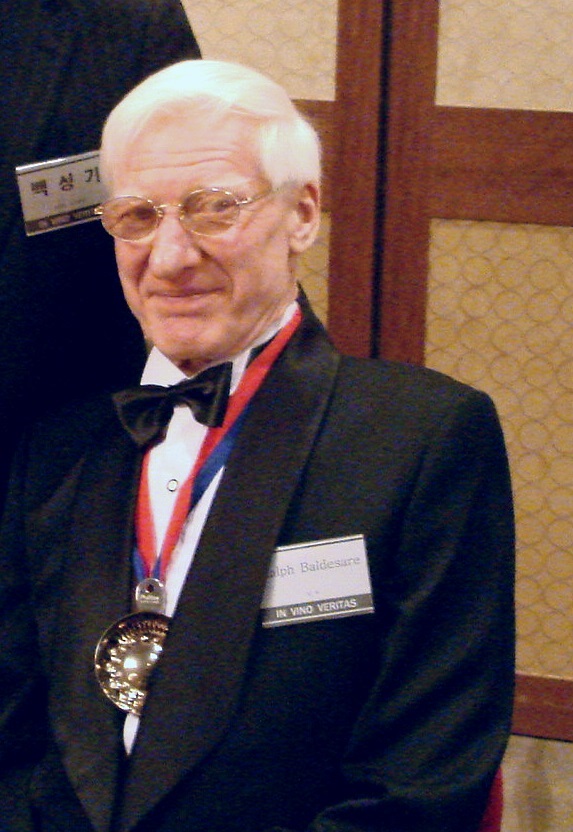
 baldasarkr@gmail.com
baldasarkr@gmail.com
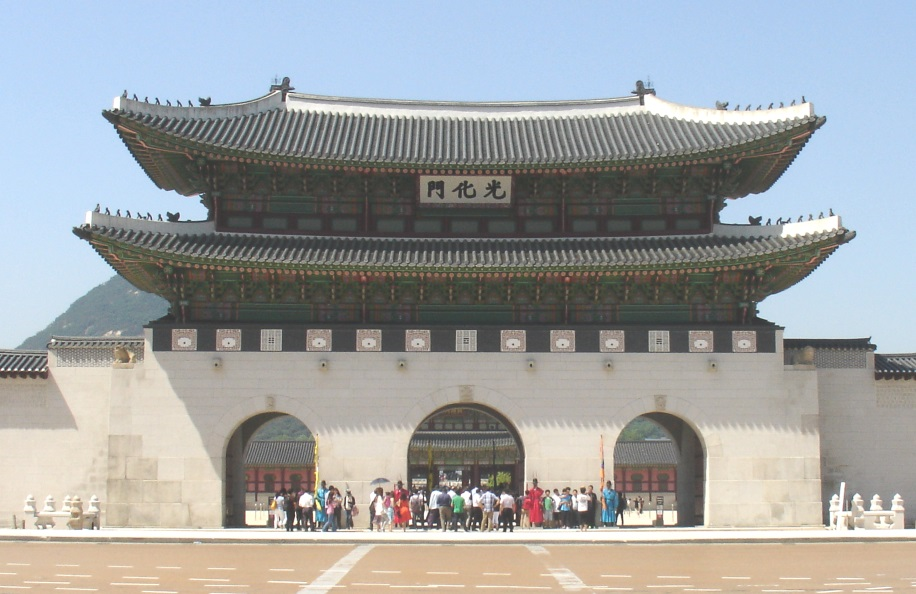
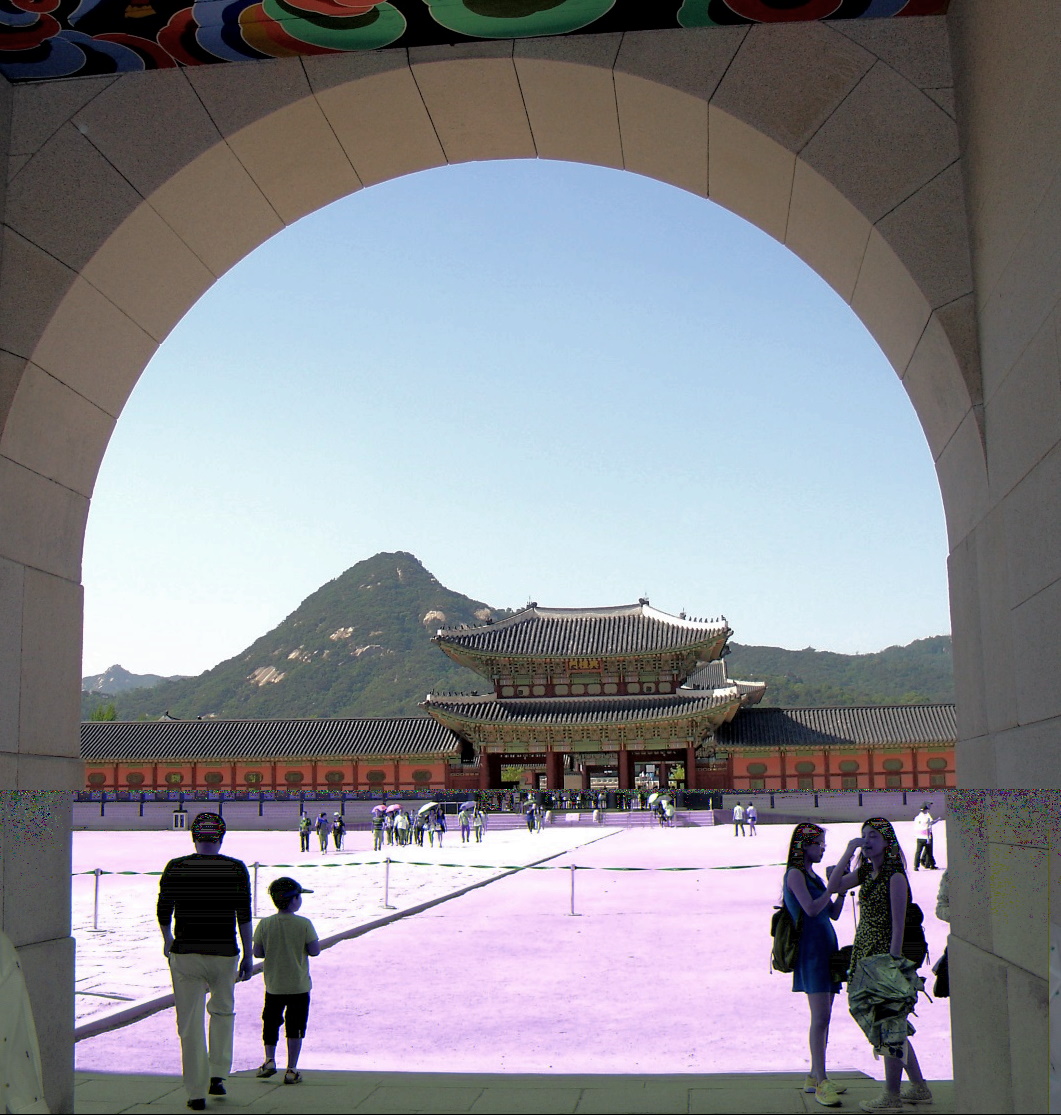
.jpg)
